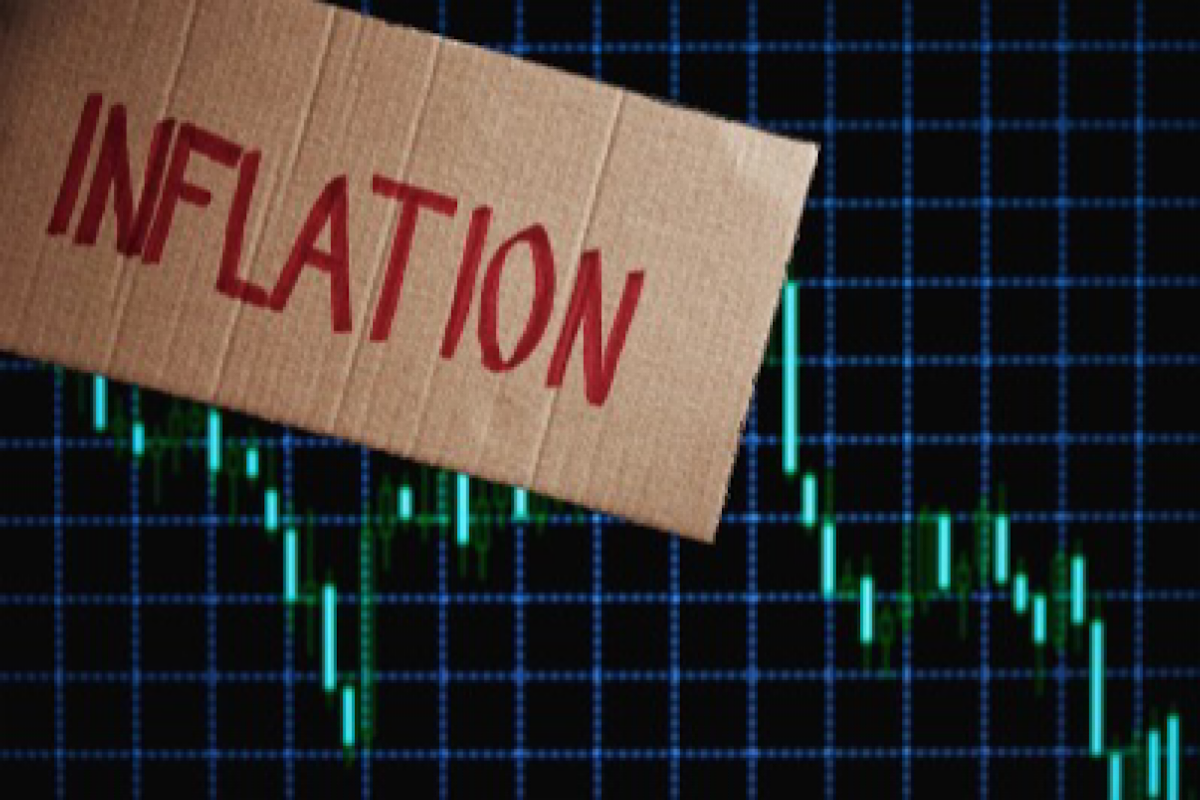Cooling Inflation
India’s retail inflation easing to a five-month low of 4.31 per cent in January presents a significant moment for economic policy.
The economic recovery from the Covid-19 pandemic in India has been marked by a stark K-shaped pattern, where different segments of the population experience recovery at varying rates.

Inflation, representation image (photo, IANS)
The economic recovery from the Covid-19 pandemic in India has been marked by a stark K-shaped pattern, where different segments of the population experience recovery at varying rates. This phenomenon is now extending to inflation, further deepening the divide between urban and rural consumers. Recent data reveals that inflation is disproportionately burdening rural areas, with price rises for rural consumers outpacing those in urban regions by a significant margin. A major driver of this rural inflation surge is the soaring cost of food. Rural consumers faced an inflation rate that was 1.1 percentage points higher than that encountered by their urban counterparts in May, primarily due to higher food prices. The recent heat wave has exacerbated this, causing extensive crop damage and livestock mortality.
This has led to a paradox where rural areas, traditionally food producers, suffer more from food inflation than urban centres. The interplay of adverse weather conditions and low food stock levels suggests that if monsoon rains do not improve in the coming months, the food inflation crisis in rural India could worsen dramatically in 2024. Fuel prices, another critical component of inflation, have also contributed to the rural-urban divide. The government’s reduction in fuel prices provided some relief, but the benefits were largely confined to urban areas where fuels like petrol, diesel, and LPG are more commonly used. Rural areas, which rely less on these fuels, did not experience similar relief. This disparity underscores the need for more targeted policy interventions that consider the unique consumption patterns of rural households.
Advertisement
Adding to the economic woes of rural India is the stagnation of rural wages. Data indicates that real rural wages contracted in 25 out of the 27 months leading up to February 2024, with a significant contraction of 3.1 per cent in February alone. Such wage stagnation, coupled with rising prices, has led to widespread economic distress. The declining purchasing power of rural consumers not only affects their standard of living but also dampens overall economic growth by reducing demand for goods and services. The K-shaped inflation dynamics highlight a critical flaw in the current economic structure: the uneven distribution of economic benefits and burdens. While urban areas may be better equipped to absorb price shocks and benefit from economic policies, rural regions remain vulnerable and disproportionately affected by adverse economic trends. To address the inflation crisis in rural India, a multifaceted approach is necessary.
Advertisement
First, enhancing agricultural resilience through investments in climate-resilient farming practices and better irrigation infrastructure can mitigate the impact of adverse weather conditions. Secondly, expanding social safety nets and direct income support for rural households can provide immediate relief from the inflationary pressures. Lastly, creating more robust mechanisms to stabilise food prices, such as better storage facilities and more efficient distribution networks, can help manage supply disruptions and reduce price volatility. The current crisis should serve as a wake-up call for policymakers to prioritise rural development and economic equity.
Advertisement